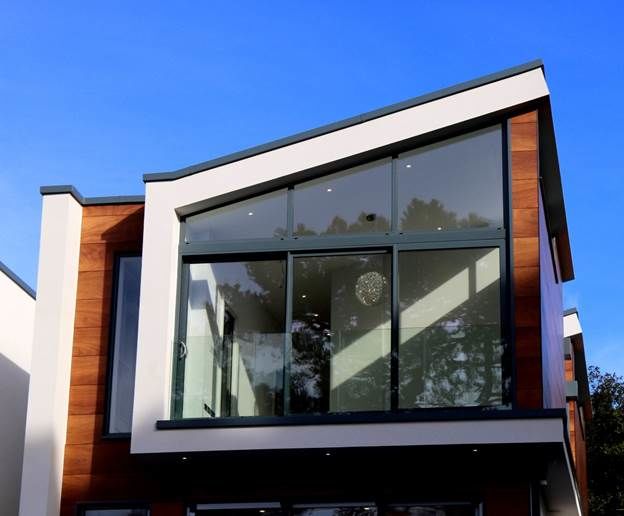Glass has long been a fundamental material in architecture, offering transparency, aesthetics, and functionality to buildings. In recent years, advancements in glass technology have led to the development of innovative solutions that enhance the performance and versatility of glass in modern homes. From energy efficiency to design flexibility, these cutting-edge technologies are revolutionizing the way we think about and use glass in residential settings.
Smart Glass: One of the most exciting developments in glass technology is the emergence of smart glass. Smart glass, also known as switchable glass, can change its transparency or opacity in response to external stimuli such as light, heat, or electricity. This technology offers homeowners greater control over privacy, daylighting, and energy efficiency. Smart glass can be used in windows, skylights, and partitions, providing versatility and adaptability to interior spaces.
Low-E Glass: Low-emissivity (low-E) glass is coated with a thin, transparent layer of metallic oxide that reflects heat while allowing visible light to pass through. This innovative coating helps regulate indoor temperature by reducing heat transfer, keeping homes cooler in summer and warmer in winter. Low-E glass also blocks harmful UV rays, protecting furniture and interiors from fading. As a result, homeowners can enjoy increased comfort and energy savings year-round.
Self-Cleaning Glass: Cleaning windows is a chore that many homeowners dread, but self-cleaning glass offers a convenient solution. Self-cleaning glass is treated with a special coating that breaks down organic dirt and prevents water droplets from forming beads, allowing them to spread and wash away dirt more effectively when it rains. This technology not only reduces the need for manual cleaning but also maintains the clarity and transparency of glass surfaces over time.
Energy-Efficient Glazing Systems: Energy-efficient glazing systems combine multiple glass panes with insulating gas fills and low-conductivity spacers to create a barrier against heat loss or gain. These advanced systems improve thermal performance, reduce energy consumption, and enhance indoor comfort. By minimizing heat transfer through windows and doors, energy-efficient glazing helps homeowners reduce their carbon footprint and lower utility bills.
Decorative Glass: Innovative manufacturing techniques have expanded the possibilities for decorative glass in residential applications. From frosted and textured glass to digitally printed designs and LED-illuminated panels, homeowners can personalize their interiors with unique and artistic glass elements. Decorative glass adds visual interest, elegance, and personality to spaces, transforming ordinary surfaces into stunning focal points.
Soundproof Glass: Noise pollution is a common concern in urban areas, but soundproof glass offers a solution for homeowners seeking peace and tranquility indoors. Soundproof glass features multiple layers of glass with varying thickness and acoustic interlayers that absorb and dampen sound vibrations. This technology effectively reduces external noise transmission, creating a quieter and more comfortable living environment.
Impact-Resistant Glass: Safety is paramount in residential construction, especially in regions prone to severe weather events or security threats. Impact-resistant glass, also known as hurricane-resistant or security glass, is engineered to withstand high-velocity impacts without shattering. This type of glass provides protection against flying debris, forced entry attempts, and accidental breakage, ensuring the safety and security of occupants and property.
In conclusion, innovative glass technologies are revolutionizing the way we design, build, and inhabit modern homes. From smart and energy-efficient solutions to decorative and safety-enhancing features, glass is becoming increasingly versatile and functional in residential settings. By embracing these advancements, homeowners can enhance the comfort, aesthetics, and sustainability of their homes while reimagining the possibilities of architectural design.

